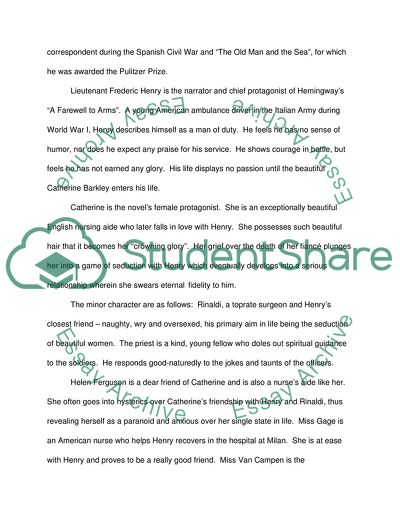Cite this document
(Critical Analysis Research paper over A farewell to arms by Ernest Coursework, n.d.)
Critical Analysis Research paper over A farewell to arms by Ernest Coursework. https://studentshare.org/literature/1710130-critical-analysis-research-paper-over-a-farewell-to-arms-by-ernest-hemmingway
Critical Analysis Research paper over A farewell to arms by Ernest Coursework. https://studentshare.org/literature/1710130-critical-analysis-research-paper-over-a-farewell-to-arms-by-ernest-hemmingway
(Critical Analysis Research Paper over A Farewell to Arms by Ernest Coursework)
Critical Analysis Research Paper over A Farewell to Arms by Ernest Coursework. https://studentshare.org/literature/1710130-critical-analysis-research-paper-over-a-farewell-to-arms-by-ernest-hemmingway.
Critical Analysis Research Paper over A Farewell to Arms by Ernest Coursework. https://studentshare.org/literature/1710130-critical-analysis-research-paper-over-a-farewell-to-arms-by-ernest-hemmingway.
“Critical Analysis Research Paper over A Farewell to Arms by Ernest Coursework”. https://studentshare.org/literature/1710130-critical-analysis-research-paper-over-a-farewell-to-arms-by-ernest-hemmingway.


